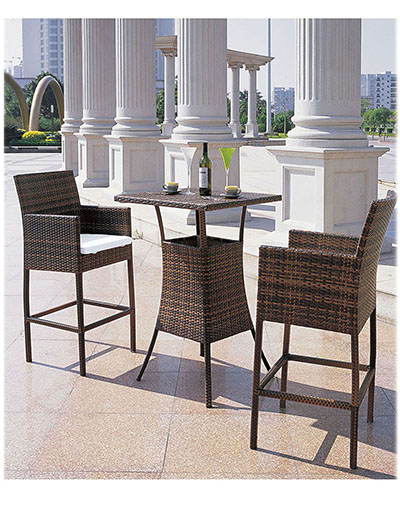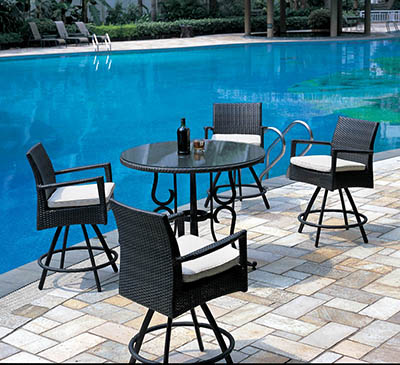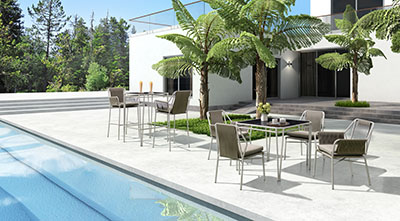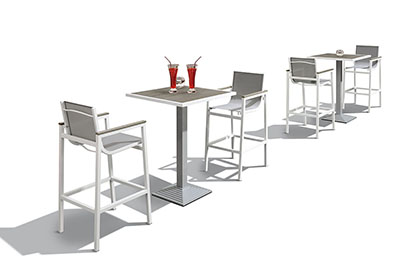Ink auxiliaries are auxiliary materials that are used to adjust inks to different printing conditions. There are many types of ink additives, commonly used are relieving agent, dispersant, desiccant, anti-drying agent, thinner, anti-friction agent, varnish, anti-fouling agent, varnish, etc. The role of ink additives and its use.
First, spreader
Retacking agents have a very low viscosity and are generally used in lithographic and flexographic printing inks to reduce their tackiness. In offset printing, due to changes in paper properties and printing conditions, such as large oil absorption, poor surface strength, and positive and negative surface coating phenomenon, when the desiccant is excessive or the room temperature of the printing room is too low, it will cause the paper to pull the hair, printing Stacking, pasting, and other defects affect the quality of printed products. Therefore, when the above phenomenon occurs, an appropriate amount of detaching agent can be added, so that the above failure can be reduced and eliminated.
Second, withdrawal agent
Diversion agent, also known as diluting agent, is used in offset printing. There are two common light-reducing agents: one is a clear oil for use in bright inks, and the other is a resin-type lighter for resin inks. If the ink is found to be too dark to restore originals during printing, appropriate amount of lightener can be added to achieve the desired effect.
Third, desiccant
Desiccant is one of the most important printing ink additives. According to the printing conditions and the printed paper, the amount, type, and method of use of the desiccant are also different. The commonly used desiccants are red dry oil and dry white oil. The dryness of red dry oil is from outside to inside and the white bath oil is dried simultaneously with the outside. When printing, I chose the type of dry oil according to the drying requirements of the printed product and the ink color. The amount of general dry oil is 2% to 3%, too much will be contrary to the base, so that the drying rate decreases.
Fourth, anti-drying agent
Anti-desiccants are also known as antioxidants, which are an ink additive that is compatible with desiccants. In the printing process, shutdowns are often caused by various reasons. When the downtime is long, the ink on the ink will dry out. In order to solve such problems, it is necessary to add appropriate amount of anti-drying agent to the ink on the machine and run the machine a few times so that it will not dry too quickly.
Fifth, thinner
In the printing due to ink viscosity is too large or poor quality of paper, etc., will often produce paper pull hair, off the version and other faults, affect the normal printing, at this time, in addition to adding the appropriate amount of relieving agent to reduce the viscosity of the ink, but also A small amount of thinner can be added to reduce the viscosity of the ink and allow printing to proceed smoothly. There are many types of diluents, which are generally low-viscosity No. 6 varnish.
Six, anti-friction agent
Anti-friction agent is also called smoothing agent. Most of these substances are based on wax materials. When printing ink particles are coarse, such as white ink, gold and silver ink, etc., the appropriate amount of resistance is added, and the abrasion resistance and smoothness of the print are increased. .
Seven, cover oil
Most of the high-grade prints such as trademarks and pictures and the surface of printed products are covered with light in order to achieve high-gloss effects. When using varnish, the base can be added to the ink before printing, and can also be printed after printing. Add a varnish. However, overprinted prints tend to yellow after a long exposure, and their light resistance is poor. Therefore, many new gloss oils that have been replaced with varnish have been used.
In addition to the above-mentioned several commonly used ink additives, there are anti-smearing agent, anti-foaming agent, printing gold oil, etc., will not repeat them here, use only in strict accordance with the instructions required to operate.
Reprinted from: 21st Century Fine Chemicals Network
Bar table and stool is a versatile casual option that can add character, color and texture to your kitchen or bar design - or simply offer a comfortable place to sit.
In recent years, barstools have become a popular alternative to traditional dining room chairs. Barstools appear recognizable and desirable for their height advantage over typical dining chairs. Typically, barstools give off a more casual dining vibe, especially when coupled with a counter-height table. Many homes also have high breakfast counters that also need barstools. Since every home is different, you need a barstool that matches your style and color.
· Rattan/textilene seat in a woven design for ultimate durability and strength
· Aluminum frame for a solid and sturdy foundation
· Powder coated for sophisticated looks to last
· Foot stoppers to reduce scuff marks to your flooring
· Cushions also available with 100% waterproof fabric.
Bar table and stool has many material options, rattan, textilene, aluminum powder coated etc.




If you have any questions, please contact with us directly. Bar table and stools are produced by Golden Eagle Outdoor Furniture With High Quality and Good Appearance. Welcome you can visit our Factory.For any inquiry,Please send mail directly to us.
Bar Table And Stool,Rattan Bar Table And Stool,Outdoor Bar Table And Stool,Garden Bar Table And Stool
Golden Eagle Outdoor Furniture Co., LTD. , https://www.geoutdoorfurniture.com